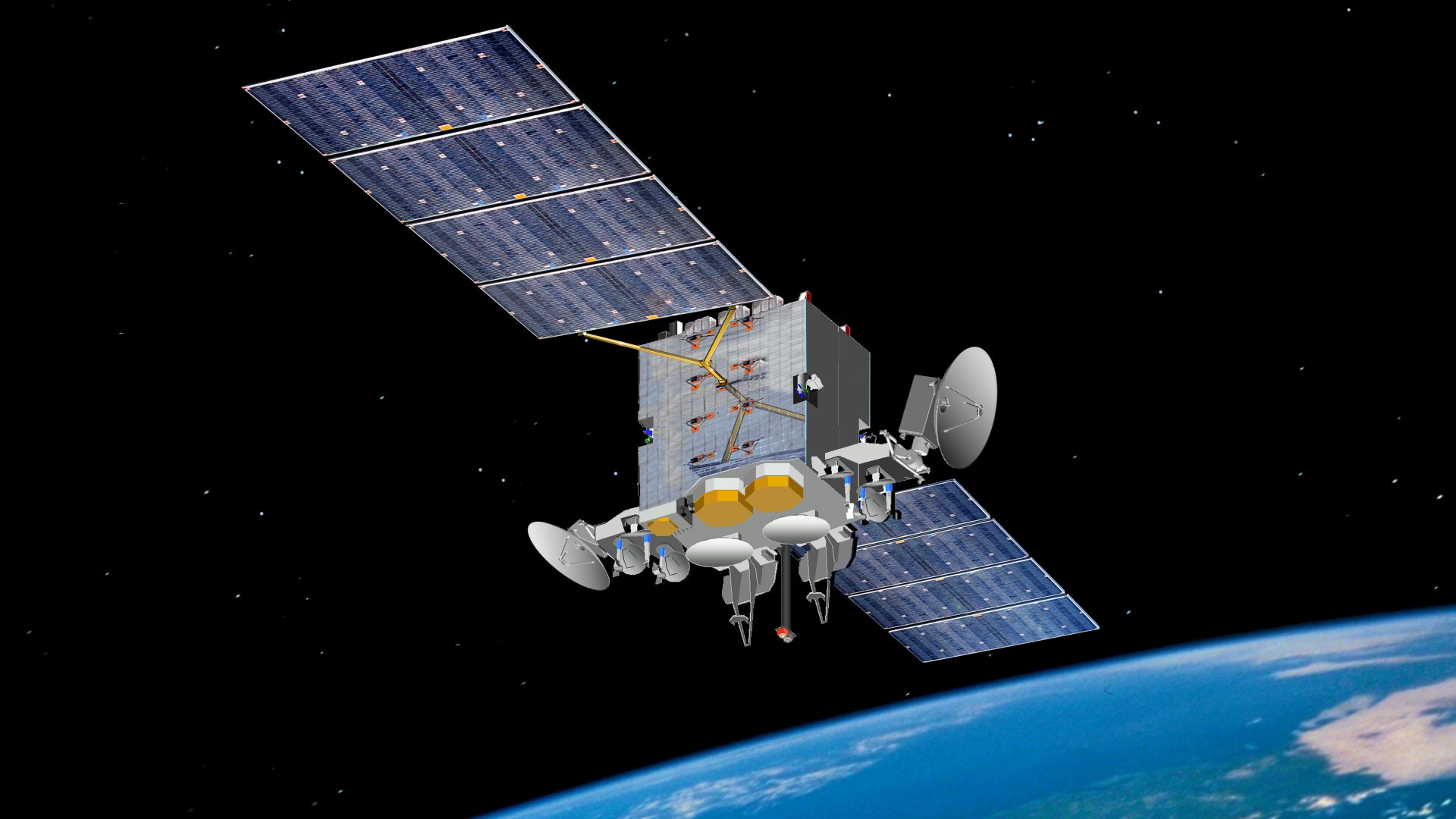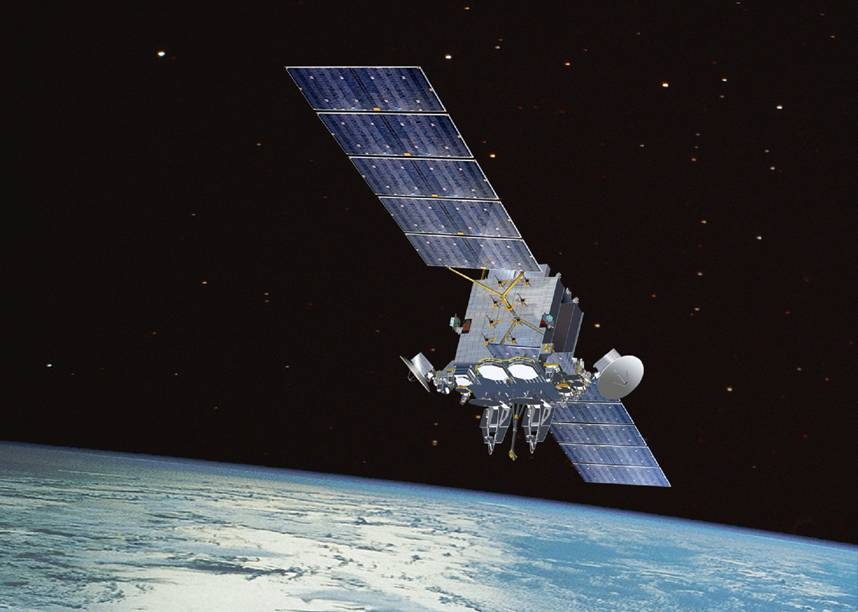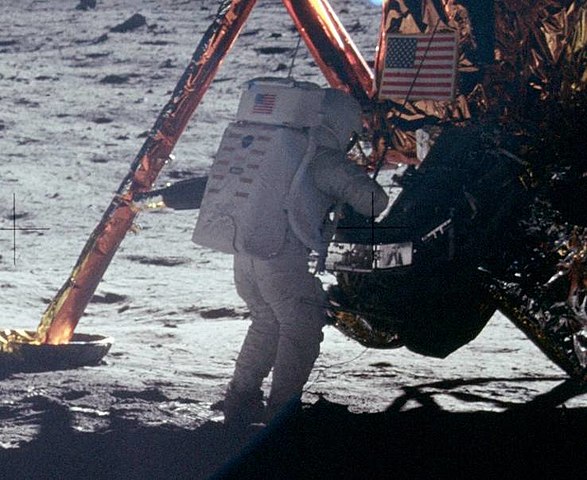Overview
In module one, we defined globalization as the expansion and intensification of social relations and consciousness across world-time and world-space. Or, put more simply, growing global interconnectivity. It is about the creation, expansion, and deepening of networks which transcend economic, political, cultural, and geographic boundaries. It is about the expanding and stretching of social relations, activities, and connections. It accelerates and intensifies social exchanges and activities through advances in information communication technology. Fundamentally, the interconnectedness of globalization can transform how people see themselves and their place in the world by expanding their frame of reference to the global level. The driver of this connectivity is technology which enables these networks, relationships, connections and social relations. It is technology that provides the means to open new networks and deepens existing networks. It is technology that facilitates the spread of ideas, the uniting of communities, and the forging of new relationships. More than any other factor, technology has been behind the exponential growth in the density and speed of all of these processes. However, it is important to take a moment before moving on. The description of technology’s role in facilitating global interconnectedness sounds positive, rosy even. And much of the narratives around globalization speak to what a powerful force globalization and specifically technology could play – in uniting people, in reducing inequity, and in realizing a world of greater peace and prosperity. And it is true, technology could do much of this if the resources and will existed to do so. But technology can also empower authoritarian states to limit their citizens’ human rights. It can be used to spread extremism. It can be used for the sale of illicit goods. Going forward, we need to keep in mind that interconnectedness and the forms of globalization we discuss can be, and are, put to both positive and negative uses. In order to set the stage for subsequent modules, this module will briefly look at the historical role of technology in fostering global interconnectedness. It will then look at the role of technology in the contemporary age of globalization. Finally, it will look at the implications of this interconnectedness for the future.
When you have finished this module, you should be able to do the following:
- Trace the role of technology in driving interconnectedness
- Identify the role of technology in the contemporary age of globalization
- Discuss the implications of technology for the future
- Read Chapter 12 in McGinchley “Connectivity, Communications and Technology”
- Watch the Blue Sweater Video
- Complete Learning Activity #1
- Read “Young Women Use Social Apps for Social Change” by Kate Cyr: http://www.huffingtonpost.ca/girls-twenty/social-apps-social-change_b_16614632.html?utm_hp_ref=ca-globalization
- Complete Learning Activity #2
- Watch the interview of Ray Kurzweil by Neil deGrasse Tyson
- Complete Learning Activity #3
- Augmented reality
- Bit Coins
- Dark web
- E-commerce
- ENIAC
- Linear conception of history
- Microprocessor
- Nuclear energy
- Singularity
- Social change
- Steam engine
- Teleological
- World wide web
- McGlinchey Chapter 12 “Connectivity, Communications, and Technology”
- Kate Cyr “Young Women Use Social Apps for Social Change”: http://www.huffingtonpost.ca/girls-twenty/social-apps-social-change_b_16614632.html?utm_hp_ref=ca-globalization
Learning Material
Use the following question to guide an entry in your journal.
- How small is our world?
- Have you ever had a ‘small world’ or ‘blue sweater’ moment?
- How does Jacqueline use her story to ask us to think about personal interconnectedness?

Figure 2-2: Source: https://upload.wikimedia.org/wikipedia/commons/d/d3/Blackdeath2.gif Permission: Public Domain.
Take for example the second Bubonic Plague, also known as the Black Death. The Silk Road, at its peak, had facilitated the rise of a large trade network, the exchange of ideas, culture, and religion. It connected the Korean Peninsula to Europe. It also brought the Black Death, which killed upwards of 60% of Europe’s entire population.
Nor is the argument meant to be teleological; that there is some natural end point of interconnectedness and globalization; that technology is naturally beneficial. Take nuclear energy for example. The harnessing of the atom is an incredible technological achievement, but it could also end the world as we know it.
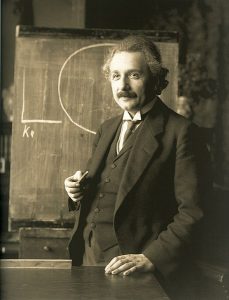
Figure 2-1: “Albert Einstein” Source: https://commons.wikimedia.org/wiki/File:Einstein_1921_by_F_Schmutzer_-_restoration.jpg Permission: Courtesy of Ferdinand Schmutzer.
Albert Einstein hints at this point when discussing the threat of nuclear war
“I know not with what weapons World War III will be fought, but World War IV will be fought with sticks and stones”.
– Albert Einstein
Much like in module one, it is recognized that things like the Silk Road represent a nascent form of globalization as interconnectedness. However, again, there is utility in restricting our enquiry to the modern and contemporary eras of globalization. It is during these eras of globalization that time greatly compresses, with innovation beginning to grow exponentially.

Figure 2-3: Source: http://aberdeeninvestment.com/riding-a-wave-of-innovation-innovation-is-the-central-issue-in-economic-prosperity-michael-porter/#.WjgqYCMZO3c Permission: This material has been reproduced in accordance with the University of Saskatchewan interpretation of Sec.30.04 of the Copyright Act.
The modern era of globalization runs, roughly, from the late 19th century through to the 1980s. In terms of technological advancement, this period can be split into an earlier phase and later phase. The early phase stretches from the late 19th century to the end of the Second World War and was ushered in by the steam engine. It revolutionized coal mining by improving pumping stations, fueling the industrial revolution. It allowed factories more mobility since they were freed from the need to be located near rivers, facilitating urbanization.
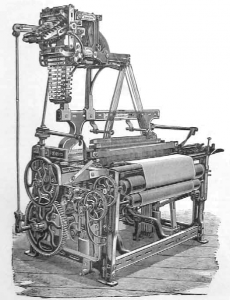
Figure 2-4: Source: https://commons.wikimedia.org/wiki/File:TM158_Strong_Calico_Loom_with_Planed_Framing_and_Catlow%27s_Patent_Dobby.png Permission: Public Domain.
It powered spinning mules and power looms to revolutionize the production of cotton, encouraging global trade networks: cotton was imported into the UK from the colonies, manufactured in Lancaster mills, and textiles were exported back to the colonies.
Innovation, specifically around high-pressure steam engines, would lead to the steam locomotive and steam ship. Both decreased transportation time and increased transport volumes. Locomotives linked factories and cities. Steam powered ships both intensified existing colonial networks and allowed new networks to be explored. Again, we see the tension in the aspiration and application of technology. While Robert Fulton, the American inventor of the steamship, had thought his invention would connect people and improve our material condition, it also facilitated the misery of colonialism which in turn has led to post-colonial instability in many parts of the world.
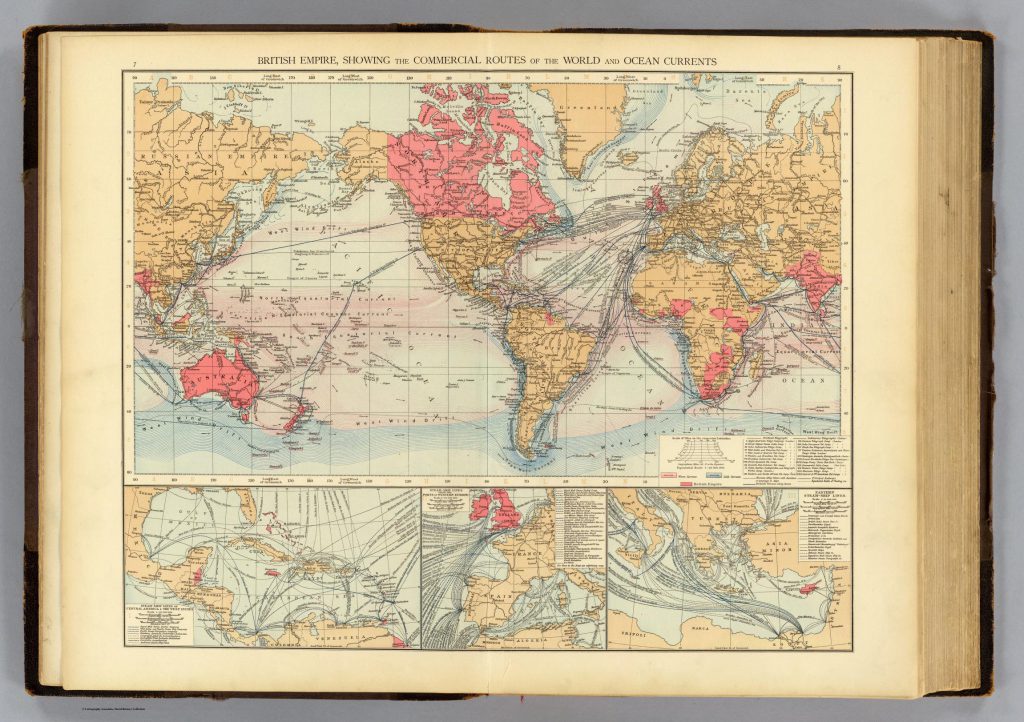
Figure 2-5: Source: http://www.davidrumsey.com/maps1150607-30689.html Permission: CC BY-NC-SA 2.0 Courtesy of Richard Andree.
The second technological innovation was the telegraph. For the first time, the bottle neck of transportation speed was overcome. This facilitated the economic ambitions of states and companies as well as allowing the monitoring of colonial empires.

Figure 2-6: Source: https://commons.wikimedia.org/wiki/File:Atlantic_cable_Map.jpg Permission: Public Domain.
Further technological innovation, like the telephone and the automobile, would multiply the impact of the steam engine and the telegraph. The world was becoming more instantaneous and interconnected.
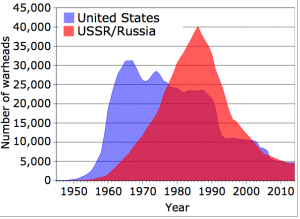
Figure 2-7: Source: https://commons.wikimedia.org/wiki/File:US_and_USSR_nuclear_stockpiles.svg Permission: Public Domain. Courtesy of Fastfission.
The second technological phase of modern globalization began during the Second World War and accelerated exponentially during the Cold War. Important examples of technology that emerged from the war was missile technology and atomic energy. During the Second World War, German engineers worked on rocket propulsion, specifically the V2 rocket. These were the first long range ballistic missiles. When the war turned against Germany, both the US and the USSR sought to occupy the cities where this research had taken place and to capture the scientists behind it. This technology would be crucial to the Cold War for use in intercontinental ballistic missile technology and satellites. Missile technology would be used to house nuclear war heads in the thousands, enough to destroy the world several times over. Satellites were a means of spying on the other side and used to coordinate military maneuvers.
The military use of this technology was certainly at odds with fostering interconnectivity; thermonuclear war would have left no one to connect with. However, the subsequent civilian use would allow for global communication networks, GPS, and would take the Apollo 11 mission to the moon.
Figure 2-8: Source: http://www.stratcom.mil/Newsroom/Images/igphoto/2001655208/ Permission: Public Domain. Courtesy of Adam Hartman.
Figure 2-9: Source: https://en.wikipedia.org/wiki/Neil_Armstrong#/media/File:As11-40-5886.jpg Permission: Public Domain. Courtesy of NASA.
Nuclear energy itself would be both a boon and a curse to globalization. Nuclear energy is cost efficient and the production of energy is relatively ‘clean’, with the exception of the waste produced. There are currently 45 countries pursuing nuclear energy programs and intensive research on how to reduce, destroy, and/or store nuclear waste. However, Three Mile Island in 1979, Chernobyl in 1986, and Fukishima in 2011 also point to the dangers of nuclear energy, both to the country where these accidents occur and the world as a whole. The Chernobyl disaster for example, significantly contaminated 100,000 square kilometers of land in Ukraine, Russia, and Belarus. The world was alerted to the problem when Sweden noticed radioactivity in its country, checked its own radioactive sources and finally traced the readings to the USSR. Radioactive residue has been found in flora and fauna as far away as Germany. The advent of nuclear technology requires global interconnected responses. Therefore, the first phase of modern globalization produced both the means to uniting the world through technology like satellites and the means to end the world through technology like thermonuclear war. But even the negative side generated connectivity as political solutions to both the militarized and civilian application of nuclear power have been created. This will be discussed further in module 4. Civil society would also have voice in such matters, for example through environmental communities and antinuclear communities. These issues will be touched on in modules 9, 10, and 11. Fundamentally, what changed technologically in this era was the global frame. Technology became larger than state borders.
The advent of the microprocessor in 1971 would mark the beginning of the contemporary era of global interconnectedness. It was the 1980s when the first home computers became available. These early PCs were standalone, used for word processing and rudimentary games. Computers began to be networked through universities. Researchers at CERN would create the world wide web as a means of storing documents and publishing them on the internet.
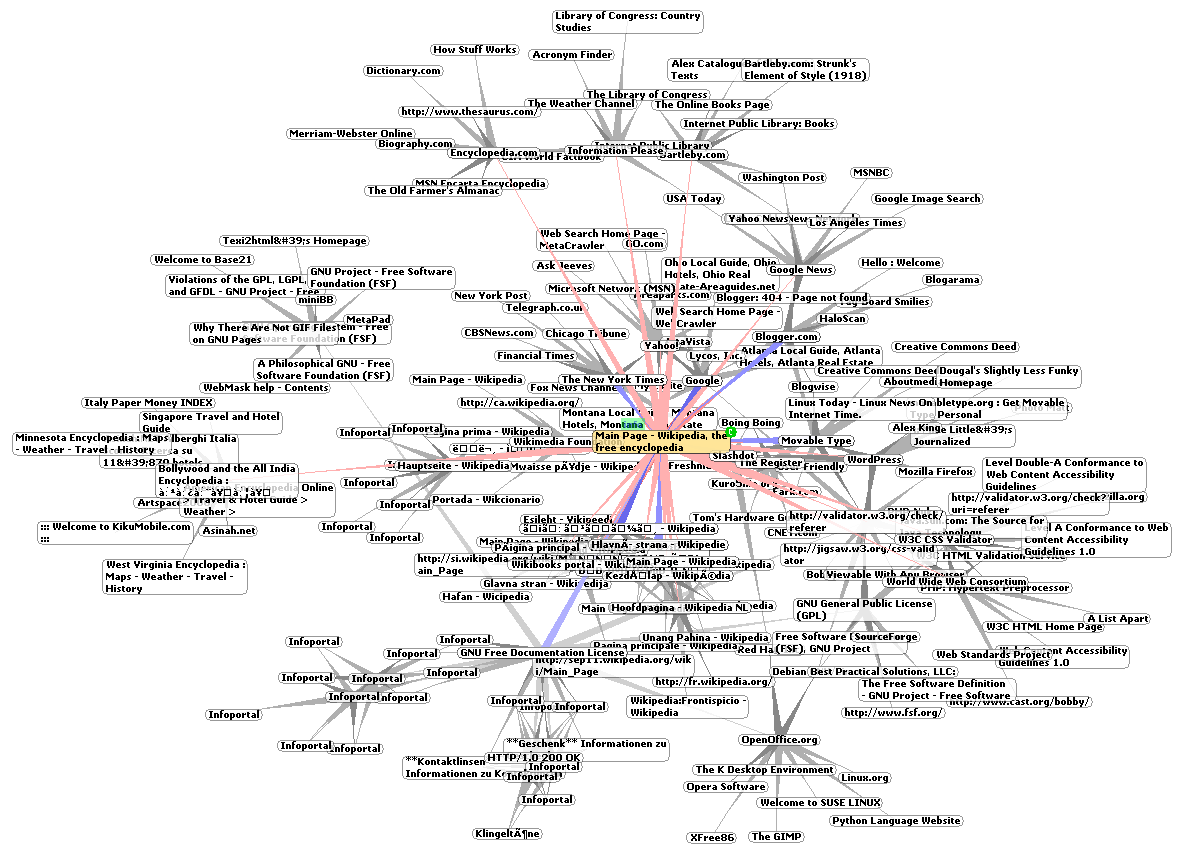
Figure 2-10: Source: https://commons.wikimedia.org/wiki/File%3AWorldWideWebAroundWikipedia.png Permission: CC BY-SA 3.0 Courtesy of Chris 73.
As the web became cheaper and easier to access, the number of users multiplied as did the services that utilize it. Companies like Google have become eponymous with searching for information on the net. Today, with the ubiquity of smart phones, many people have the internet in their pocket. People are increasingly going digital, from the way we communicate, shop, bank, listen to music, follow the world around us, take classes… the divide between the analog world and digital world is becoming indistinct, especially with conscious efforts like Google glasses or augmented reality apps. The microprocessor has become the core of contemporary information and communication technology.
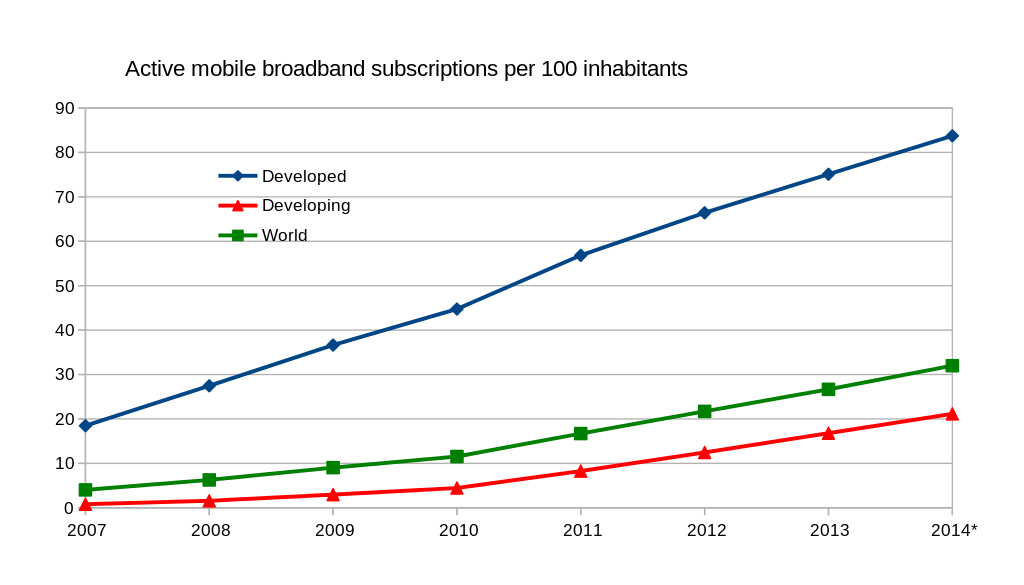
Figure 2-11: Source: https://commons.wikimedia.org/wiki/File%3AActive_mobile_broadband_subscriptions_2007-2014.svg Permission: CC BY-SA 4.0 Courtesy of Chris55.
- Read “Young Women Use Social Apps for Social Change” by Kate Cyr: http://www.huffingtonpost.ca/girls-twenty/social-apps-social-change_b_16614632.html?utm_hp_ref=ca-globalization
- Use the following question to guide an entry in your journal.
- What is the connection between social apps and social change?
- Is there a down side to using social apps for social change?
- Do you use or can you think of an opportunity for you to use social apps for social change?
There is also a dark side to e-commerce like The Silk Road which operated in the dark web and with anonymity by using the TOR platform and bitcoins as a currency. The Silk Road had become an online bazar for illegal drugs and other illicit goods. After a Gawker article brought mainstream attention to the Silk Road, an international police effort shut it down and the owner/operator Ross Ulbricht was handed a life sentence in the US. However, the Silk Road has simply been replaced by others like Alphabay.
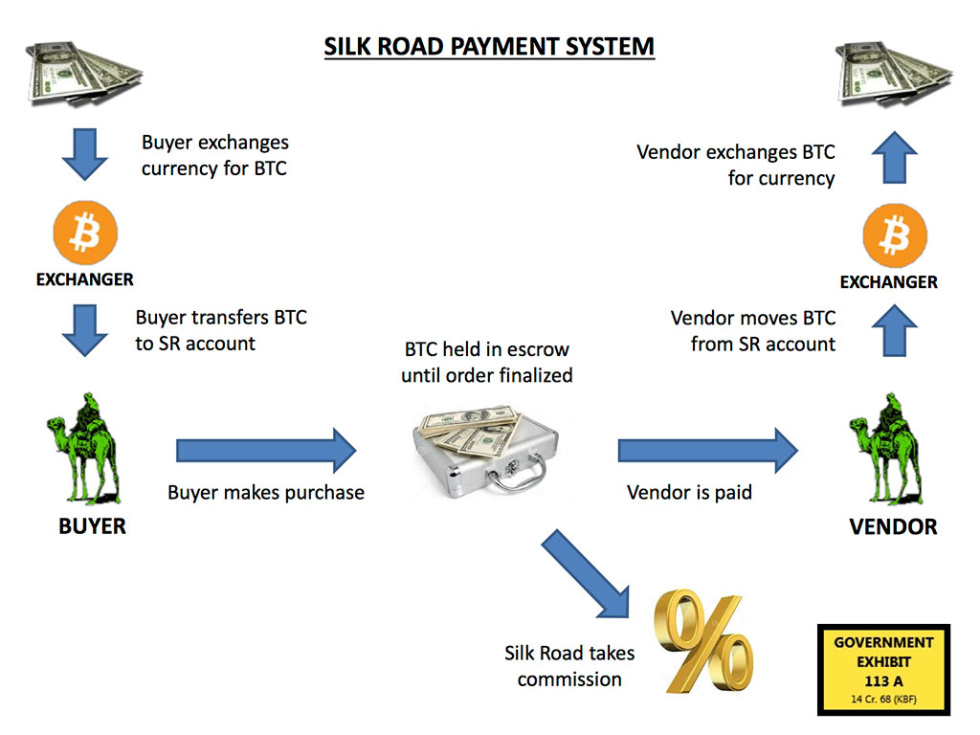
Figure 2-12: Source: https://commons.wikimedia.org/wiki/File%3ASilk_road_payment.jpg Permission: Public Domain. Courtesy of U.S. Government.
Another aspect of our digital world is communication, which has the largest potential for generating global interconnectivity. The internet provides a platform for every possible view point and community to gather digitally regardless of where they are physically located. This transforms identities as people can come together as communities regardless of political borders or remoteness.
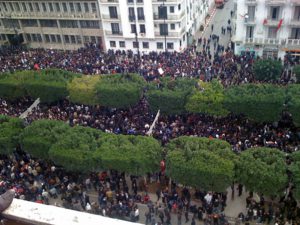
Figure 2-13: Source: https://commons.wikimedia.org/wiki/File:Tunisia_Unrest_-_VOA_-_Tunis_14_Jan_2011_(2).jpg Permission: Public Domain. Courtesy of VOA Photo/L. Bryant.
As witnessed in the Arab Spring, digital communication allowed for the organization of dissent in many authoritarian states in the Arab world.
It has been a platform of LBGTQ rights, Women’s rights, environmental activism. However, much like the Silk Road example above, it is possible for the dark side of the web to use the same tools for malevolent purposes. ISIS uses a glossy online magazine, Rumiyah, for recruiting purposes. And somewhere in between lies the attempt to control the internet. During the Arab Spring, the Egyptian government turned off the internet, recognizing the role that connectivity plays in dissent.
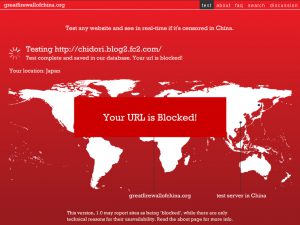
Figure 2-14: Source: https://www.flickr.com/photos/chidorian/536813392/ Permission: CC BY-SA 2.0 Courtesy of Ishikawa Ken.
More systematically, the Chinese Government uses legislative and technological tools to build a Great Firewall of China. The goal is to restrict what information people can find, who they can speak to, and to monitor citizens activity. This combined with the use of force by the state authorities has resulted in a robust form of censorship.
A more specific application of technology which is connecting people and changing how we see the world, are mobile phones. In the developed world, smart phones are increasingly used for texting and social apps instead of phone calls. Texting and social apps allow users to reach multiple audiences whether they be recipients or participants, anywhere at anytime. This essentially removes the barriers of distance and time required for communication. According to the World Bank, in 2016 there were more mobile phone subscriptions that people on the planet.
That doesn’t mean everyone has a mobile phone as this map demonstrates.
Some people have multiple devices that need multiple subscriptions as well as work accounts, et cetera. But it is evidence of the growing ubiquity of mobile technology. In low income countries, 60% of the people had mobile phone subscriptions.
For developing countries, mobile phone networks allow access to banking, government resources, education (formal and informal), health advice, access to crop information, and even warnings to avoid violence or natural disasters.
Technology has been a key facilitator.
But as we close, let us look to the extreme form of technological connectivity.
There is an ultimate technological phenomenon called the singularity: the point where artificial superintelligence will spark exponential technological growth, resulting in unfathomable changes to human civilization. Some like Noam Chomsky and Stephen Hawking consider such a point with great alarm as they believe it presages the end of human existence. But others like Ray Kurzweil, the person who popularized the concept of the singularity, argue we will be able to integrate ourselves with artificial intelligence. The argument is that we will be able master this technology by expanding the human neocortex through integrating with artificial intelligence. For some, this means every person on the planet would be able to have access to the cumulative knowledge and perhaps even the cumulative experience of every person on the planet.
- Watch the interview of Ray Kurzweil by Neil deGrasse Tyson
- Use the following question to guide an entry in your journal.
- What is the singularity?
- How might it come about?
- What are the implications of expanding our neocortex?
- What are the implications of having of every person with access to the cumulative knowledge and experience of humanity instantaneously?
- In other words, what does the world of ultimate connectivity look like?
- What are the pros and cons?
Review Questions and Answers
Glossary
Augmented reality: a live direct or indirect view of a physical, real-world environment whose elements are amplified by computer-generated or extracted real-world sensory input such as sound, video, graphics, or GPS data.
Bit Coins: a decentralized digital currency that works without a central repository or single administrator. Bit coins exist outside the scope of financial authorities and provide anonymity.
Dark web: is the World Wide Web content that exists on darknets, overlay networks which use the Internet but require specific software, configurations or authorization to access.
E-commerce: the buying and selling of goods and services, or the transmitting of funds or data, over an electronic network, primarily the internet.
ENIAC: the world's first general-purpose computer. ENIAC was designed and built for the United States Army to calculate artillery-firing tables.
Linear conception of history: a narrative based on sequential development; that historical events are not cyclical such as alternating Dark and Golden Ages
Microprocessor: an integrated circuit that contains all the functions of a central processing unit of a computer.
Nuclear energy: the energy released during nuclear fission or fusion, especially when used to generate electricity.
Singularity: the point where artificial superintelligence will spark exponential technological growth, resulting in unfathomable changes to human civilization
Social change: any significant alteration over time in behavior patterns and cultural values and norms. By “significant” alteration, sociologists mean changes yielding profound social consequences.
Steam engine: an engine that uses the expansion or rapid condensation of steam to generate power.
Teleological: a philosophy that sees purpose in ends rather than stated causes, making the outcome the actual, or "final" cause. When you see things in terms of teleology, you explain actions by their results.
World wide web: an information system on the Internet that allows documents to be connected to other documents by hypertext links, enabling the user to search for information by moving from one document to another.
References
- “Cooperation and Reconstruction (1944-1971)”, International Monetary Fund. https://www.imf.org/external/about/histcoop.htm
- “The New Debt Crisis in the Global South”, Jubilee Debt Crisis. March, 2017 http://jubileedebt.org.uk/wp-content/uploads/2017/03/Debt-trap-media-briefing_03.17.pdf
- Dobush, Grace. “How Mobile Phones Are Changing the Developing World”. Consumer Technology Association. 2015 https://www.cta.tech/News/Blog/Articles/2015/July/How-Mobile-Phones-Are-Changing-the-Developing-Worl.aspx
- Kose, S.M. and Ozturk, E.O. “A World of Change”, Finance and Development. Vol.51, No.3. IMF: 2014 http://www.imf.org/external/pubs/ft/fandd/2014/09/kose.htm
- Global Economic Data, World Bank. https://data.worldbank.org/topic/trade
Supplementary Resources
- Castells, Manuel, and Himanen, Pekka, Editor. Reconceptualizing Development in the Global Information Age. First ed. 2014.
- Smithsonian Studies in History and Technology, 2002 (various topics, online access)
- Williams, Trevor Illtyd., and Derry, T. K. A Short History of Twentieth-century Technology C. 1900-c. 1950. Oxford [Oxfordshire] : New York: Clarendon Press ; Oxford University Press, 1982.
